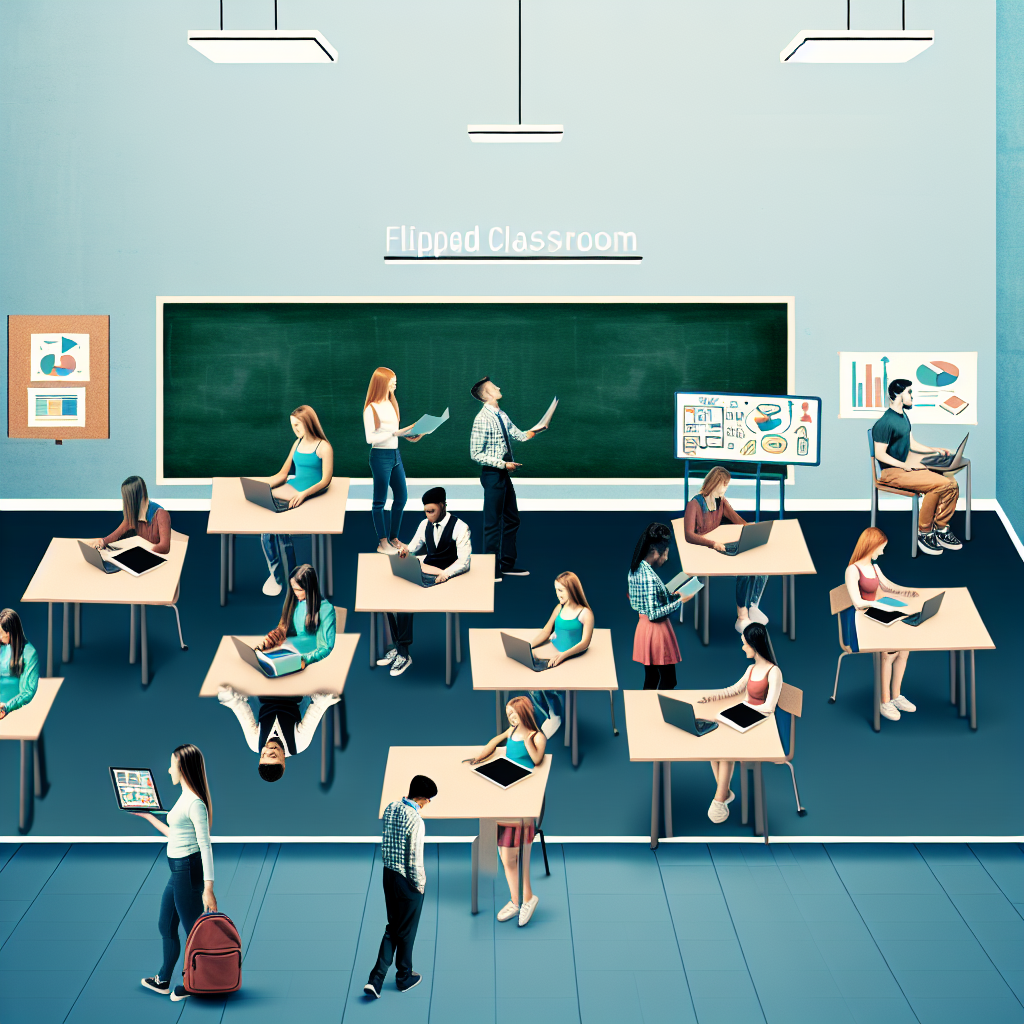Flipped Classrooms: Small Gains with Significant Effort – An Analytical Review

“My takeaway message is that it could be better, but only when it is appropriately designed.” - David C.D. van Alten .
PROOF POINTS: 114 studies on flipped classrooms show small payoff for big effort
Understanding the impact of flipped classrooms
Flipped classrooms, where students engage with lecture content at home and participate in activities during class, promise a transformative educational approach. Yet, a recent meta-analysis of 114 studies reveals only modest learning gains. This analysis underscores the need for careful and strategic implementation to realize the full potential of flipped classrooms.
Small gains, big effort
The meta-analysis, conducted by David C.D. van Alten and his team at the University of Utrecht, illustrates that flipped classrooms yield slightly better academic performance compared to traditional methods. On average, students in flipped classrooms score slightly above their peers, akin to a minor increase on standardized tests. However, this improvement is relatively small when weighed against the significant resources and effort required to establish effective flipped classroom environments.
Ensuring in-person interaction
A critical insight from the research is the importance of preserving in-person instructional time. When face-to-face interactions were reduced, student learning suffered. The strength of flipped learning lies not merely in watching videos but in the active, collaborative learning that occurs during class sessions.
Implementation challenges
Designing and implementing flipped classrooms demands substantial investments in creating multimedia content and interactive activities. These practical challenges highlight the need for collaborative efforts among educators and adequate resource allocation.
Adapting to remote learning
During pandemic-induced remote learning, the principles of flipped classrooms remain relevant. Asynchronous video instruction, combined with synchronous, interactive sessions, can foster effective learning. However, designing engaging online activities that stimulate interaction poses a significant challenge for teachers and students alike.
Conclusion
While flipped classrooms offer potential benefits, their success hinges on thoughtful design and adequate support. The findings encourage educators to adopt a collaborative approach, ensuring resourceful and strategic implementation to maximize student learning outcomes.
Featured writing
When your brilliant idea meets organizational reality: a survival guide
Transform your brilliant tech ideas into reality by navigating organizational challenges and overcoming hidden resistance with this essential survival guide.
Server-Side Dashboard Architecture: Why Moving Data Fetching Off the Browser Changes Everything
How choosing server-side rendering solved security, CORS, and credential management problems I didn't know I had.
AI as Coach: Transforming Professional and Continuing Education
Transform professional and continuing education with AI-driven coaching, offering personalized support, accountability, and skill mastery at scale.
Books
The Work of Being (in progress)
A book on AI, judgment, and staying human at work.
The Practice of Work (in progress)
Practical essays on how work actually gets done.
Recent writing
Why your job matters more than mine: the selective morality of job loss
This article reveals the uncomfortable pattern behind which jobs get moral protection and which get called 'market forces'—and what that means for everyone outside the creative class.
AI in writing: the end of a professional monopoly
This article reframes the AI writing debate: the panic isn't about creativity—it's about a professional class losing control of the systems they've gatekept for a century.
AI didn't deskill us, we were already deskilled
This article challenges the narrative that AI is deskilling workers, instead highlighting how many jobs were already mechanical. It offers a thought-provoking perspective on how AI could be an opportunity to reclaim and enhance human skills.
Notes and related thinking
Article analysis: The Rise Of The Micro-Credentials Movement: Validating Skills Beyond Traditional Degrees
Explore how micro-credentials bridge skill gaps, enhance hiring, and offer affordable, flexible learning options for today's workforce demands.
Article analysis: The Future Of Corporate Learning And Employee Engagement: Why Traditional Training Is Dead
Explore how AI and immersive technologies are reshaping corporate learning, making traditional training methods obsolete and enhancing employee engagement.
Article analysis: Report: Employers Still Don’t Understand Or Trust Education Badges
Employers struggle to interpret digital education badges, highlighting the urgent need for standardization to enhance their credibility in hiring processes.